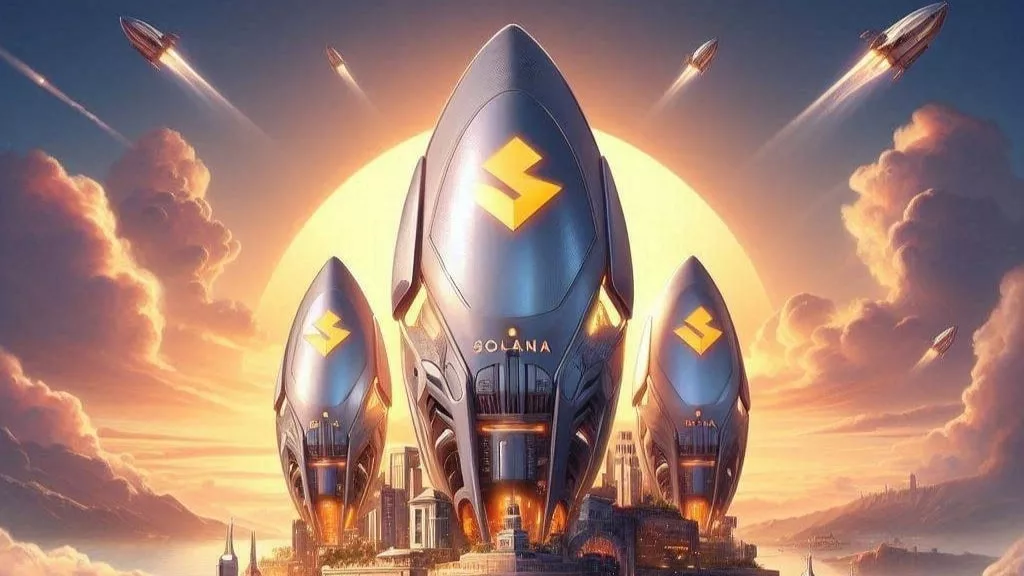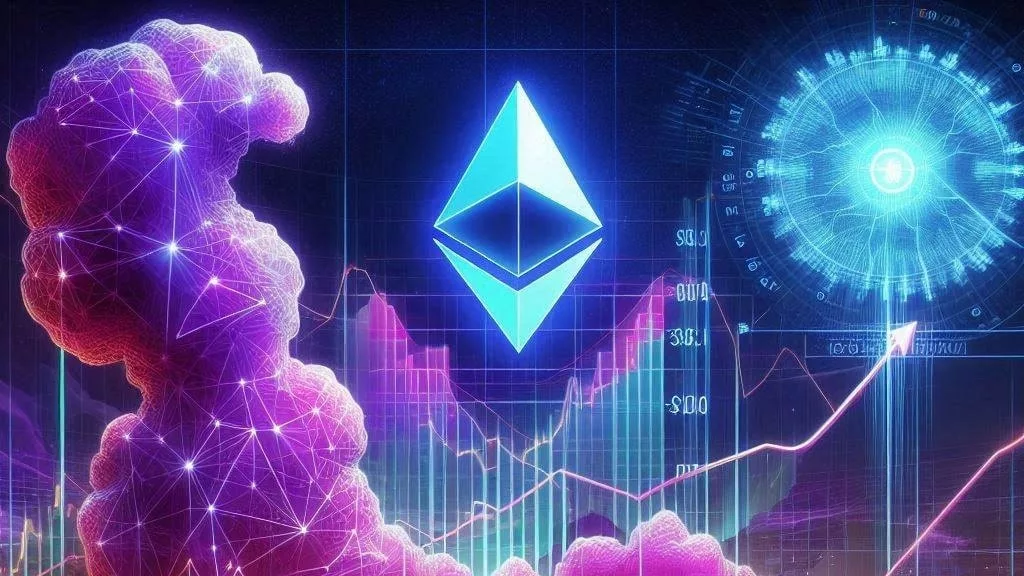
Anatoly Yakovenko, the co-founder of Solana, has sparked a fresh debate in the blockchain community by arguing that Layer-1 (L1) blockchains, like Solana, can provide superior speed, security, and scalability without the need for Layer-2 (L2) solutions. His comments challenge the prevailing narrative within the industry, which has heavily favored the use of L2 solutions to address scalability issues and improve blockchain performance.
In a series of posts on X (formerly Twitter), Yakovenko voiced his skepticism about the necessity of L2 networks. According to him, L1 blockchains can achieve everything that L2s promise, but in a more streamlined and efficient manner. He believes that L1 networks like Solana can be faster, cheaper, and more secure than L2 solutions, without compromising on performance or adding complexity to the system.
Yakovenko’s critique of Layer-2 solutions stems from a fundamental disagreement about the scalability challenges that blockchain networks face. He points out that L1 blockchains are not slowed down by issues such as “glacially moving L1 data availability stacks” or the need for complex fraud proofs and upgrade multisigs—problems that can arise when using L2 networks.
One of Yakovenko’s main arguments is that the storage limitations often cited as a reason for using L2 solutions are overstated. He noted that Solana only generates around 80 terabytes of data annually, which he considers a “measly” amount. This, he argues, debunks the idea that L1 blockchains are facing a major storage problem that can only be solved by adopting L2 networks.
In addition, Yakovenko advocates for the simplicity of deploying tokens rather than relying on multiple L2s to scale blockchain applications. He suggests that by utilizing “blobspace” efficiently and ensuring that a single L2 is processing transactions effectively, developers can avoid the need for a proliferation of L2 solutions. Ultimately, he believes that the demand for multiple L2s is redundant, given that only a limited number of smart contracts are genuinely useful.
Yakovenko’s position is built on the belief that Solana’s high-performance architecture can deliver everything the blockchain ecosystem needs. Solana has grown significantly in key areas, including daily decentralized exchange (DEX) trading volume, user activity, and network performance. These strengths have positioned Solana as a direct competitor to Ethereum, which has traditionally been the dominant Layer-1 blockchain.
As of now, Solana has gained a strong foothold in the crypto space, with its SOL token showing remarkable growth. In fact, SOL recently surged to $141.95, reflecting a 7.25% increase in just 24 hours. Meanwhile, Ethereum (ETH), the leader among Layer-1 blockchains, also saw a 4.06% increase, rising to $2,094.76, but still trails Solana in several key metrics.
For Yakovenko, the growth of Solana is evidence that L1 blockchains can achieve scalability and performance without the need for Layer-2 solutions. He argues that Ethereum’s reliance on L2 solutions might actually be harming the network rather than helping it, as it diverts high-priority transactions away from Ethereum’s base layer, weakening its core infrastructure. This aligns with the noticeable decline in Ethereum’s transaction revenue, which has fallen by 95% since its peak in 2021.
Yakovenko’s bold stance is a challenge to the wider blockchain community, which has long embraced Layer-2 solutions as a necessary step for scaling decentralized networks. His comments add to the ongoing debate over whether blockchain technology should focus on optimizing L1 blockchains to handle scalability issues or rely on additional layers for increased performance.
The growing momentum behind Solana, especially as it continues to surpass Ethereum in specific metrics, signals a potential shift in the blockchain ecosystem. As Solana strengthens its position as a high-performance L1 network, it may push the broader industry to reconsider the role of Layer-2 solutions.
Yakovenko’s critique of Layer-2 solutions places a spotlight on the ongoing debate about scalability in blockchain technology. While his comments have stirred controversy, they also offer a fresh perspective on the future of blockchain scalability. Solana’s continued growth and high-performance capabilities suggest that L1 blockchains may not be as limited as previously thought.
As the blockchain space evolves, it will be interesting to see whether other L1 blockchains follow Solana’s example and focus on optimizing their own networks rather than relying on L2 solutions. Whether Yakovenko’s vision for the future of blockchain will materialize remains to be seen, but it is clear that the conversation around scalability is far from over.


Get the latest Crypto & Blockchain News in your inbox.